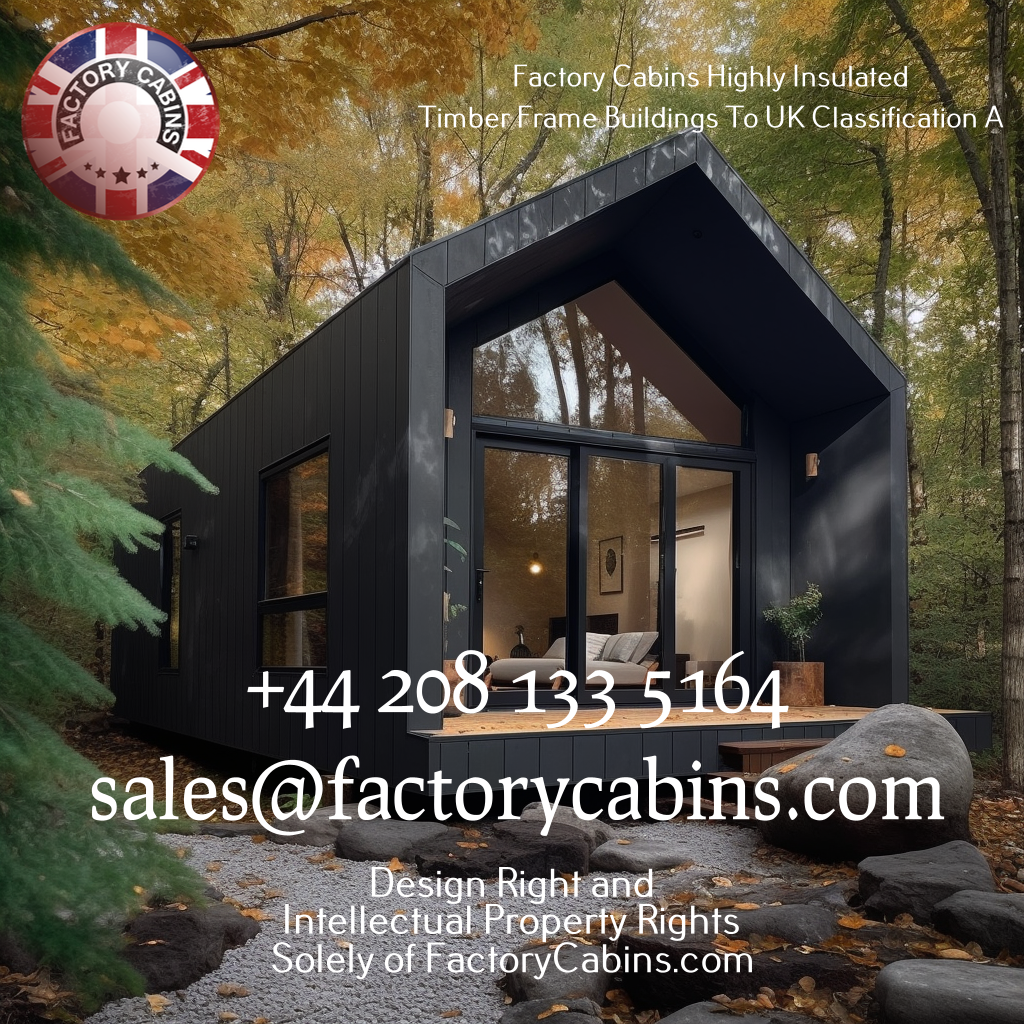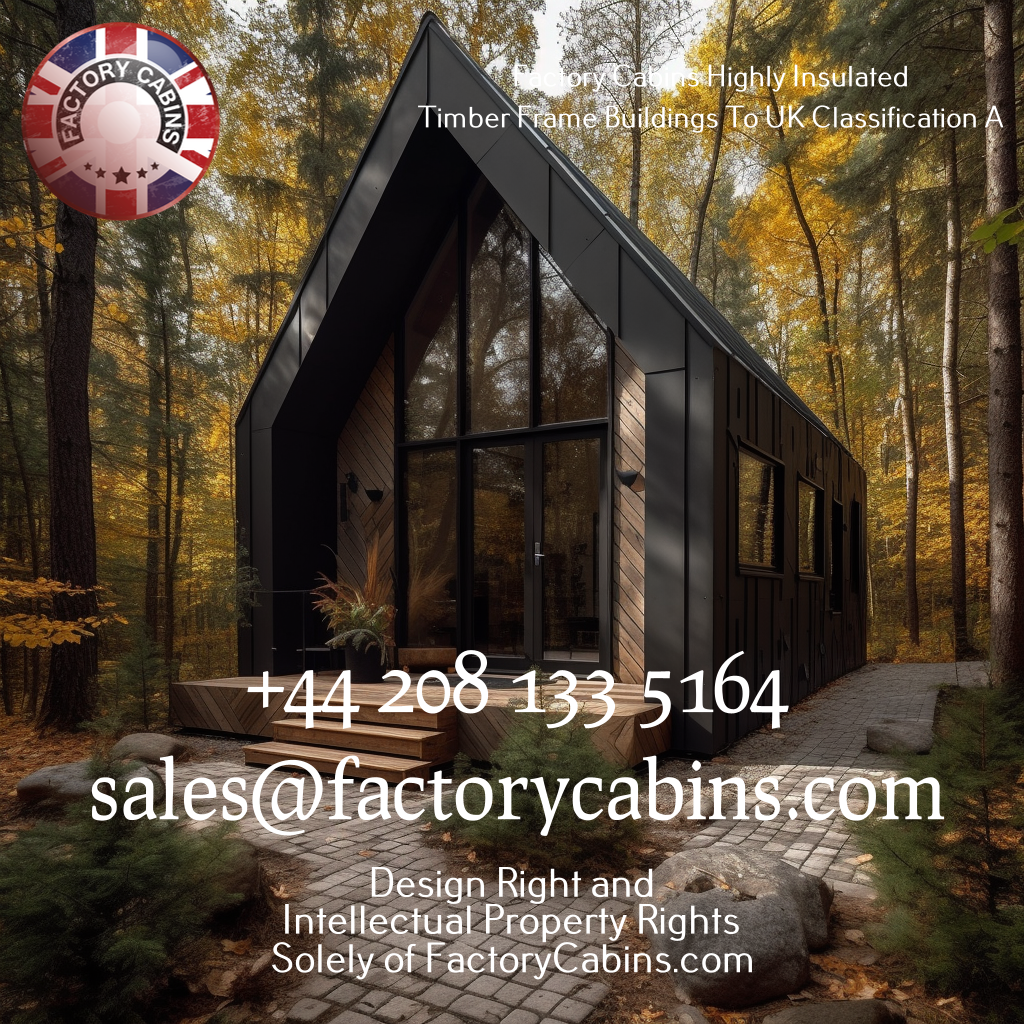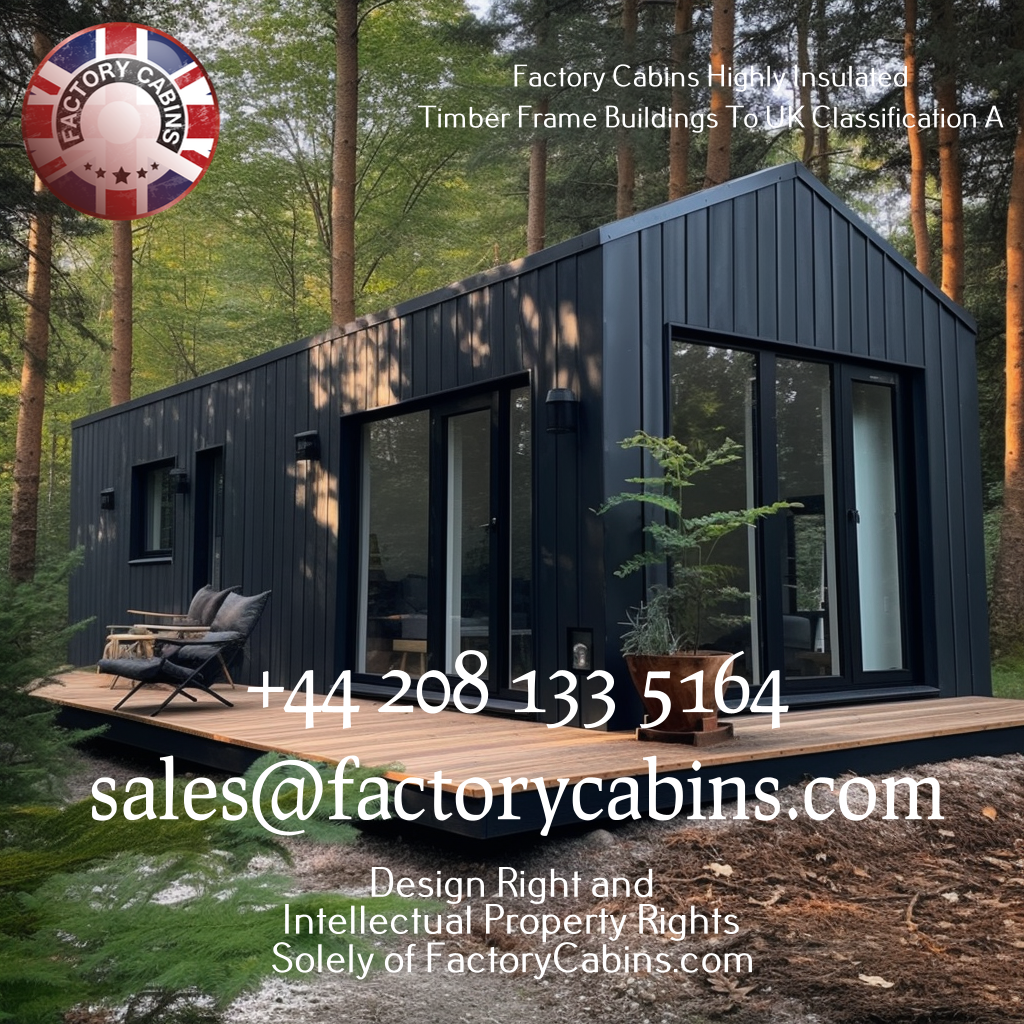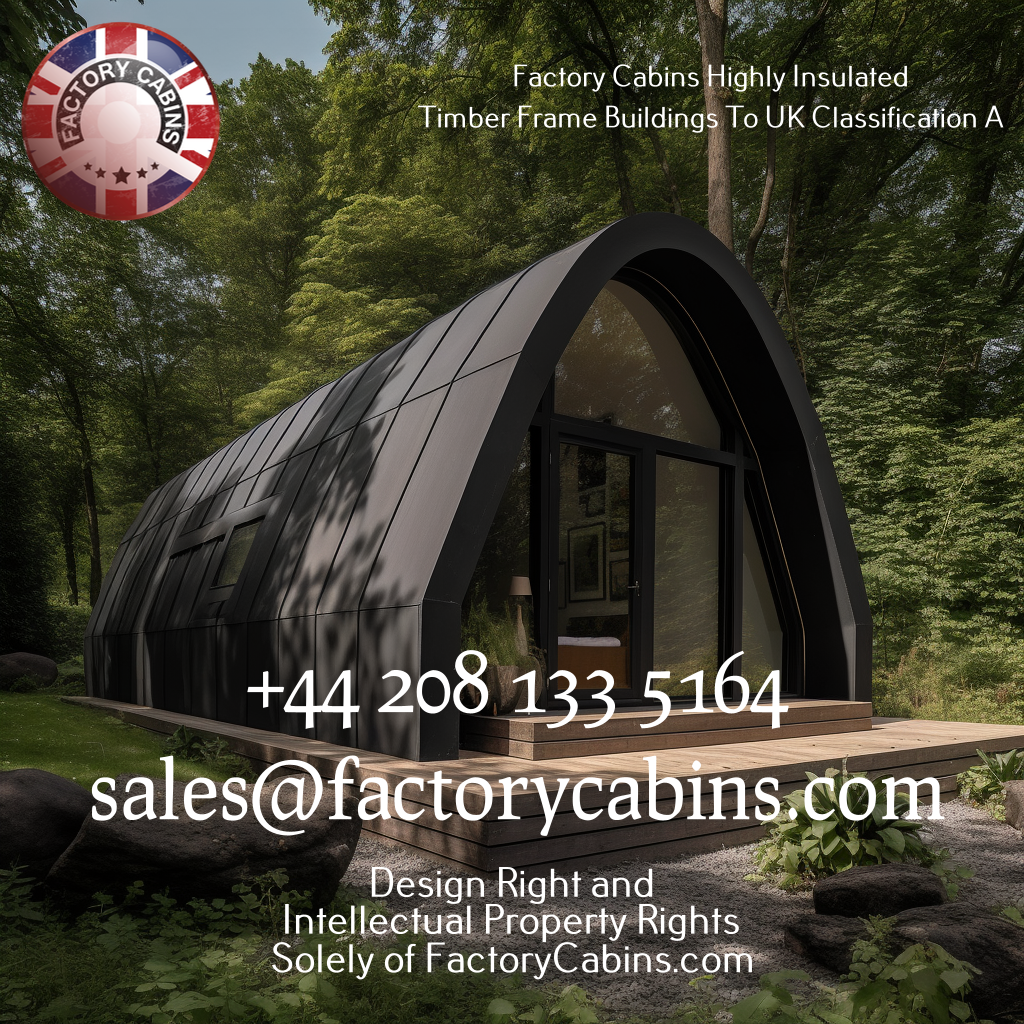
Modular Building: Changing the Future of Construction
A silent revolution is taking place in the world of modern building, promising to revolutionise the way we construct and evolve structures. Prefabrication, often known as modular building, has emerged as a major changer in the construction sector. This novel technique provides hitherto unseen benefits in terms of efficiency, sustainability, cost-effectiveness, and design flexibility. This article delves into the topic of modular construction and looks at how it is transforming the future of construction.
Understanding Modular Building
Building components are assembled in a controlled manufacturing setting before being shipped to the construction site for final installation. These elements, also known as modules, are meticulously made while following rigorous standards of excellence. They might be as small as a single room or as elaborate as full building sections filled with fixtures, fittings, and wiring.
Modular Construction Advantages
- Rapidness along with effectiveness
The quick development of modular construction is one of its key advantages. Traditional construction techniques are frequently delayed owing to weather and on-site issues. Modular construction, on the other hand, reduces these concerns. The regulated industrial environment guarantees that work proceeds consistently, considerably saving construction time. This efficiency translates into cost savings for project owners and quicker building occupancy. - Economical Effectiveness
Modular construction is essentially low-cost. The reduced manpower needs, as well as the reduced waste of materials, all translate to lower total project costs. Furthermore, the predictable nature of modular construction allows for more precise planning and cost forecasting, reducing the likelihood of unforeseen costs. - Long-term viability
In today’s building sector, sustainability is crucial. Modular construction is environmentally beneficial since it reduces material waste and energy usage. The regulated environment allows for improved resource management, lowering the carbon footprint associated with building projects. - The design process Diversity
Design is not sacrificed in a modular design. Designers and architects have the freedom to create unique and visually beautiful constructions. Modular may be customised to fit the most detailed design demands thanks to advanced technology and precision engineering.
Modular Construction Applications

Modular construction is adaptable and may be used in a variety of building types and businesses. Here are some prominent examples:
- Residential Structures
Modular building is becoming increasingly common in home construction. Homeowners benefit from shorter building schedules and less interruption to their communities. The inherent quality control in modular construction assures long-lasting and energy-efficient dwellings. - Commercial Buildings
Businesses may employ modular construction to complete office spaces, retail outlets, and warehouses faster. This method reduces downtime and helps businesses to begin operations sooner. - Medical Facilities
The rapid building of modular hospitals, clinics, and medical offices aids the healthcare business. These buildings are outfitted with cutting-edge healthcare equipment and may be enlarged or modified as needed.

four. education
Modular construction is perfect for educational institutions that must adhere to strict deadlines. To accommodate expanding student numbers, schools and colleges can swiftly expand their campuses.
Modular Construction Is the Way of the Future
Looking ahead, it’s clear that modular building is here to stay. Its multiple benefits make it an appealing option for home builders, developers, and investors alike. The industry is constantly developing, with new materials, designs, and sustainable practises being introduced on a regular basis.
Diagram of Modular Construction
The following graphic depicts the modular building process, emphasising the efficient manufacture of modules in a factory environment and their subsequent installation on the job site.
Finally, modular construction ushers in a new era of building that is notable for its speed, efficiency, cost-effectiveness, and sustainability. We are forging a brighter and more efficient future for construction projects of all sizes by embracing this new approach. Modular construction is positioned to lead the way into a greener and more affluent future as demand for sustainable and efficient building solutions develops.

Our Designs, are completely original to us, there are many that will copy us as always, but none can manufacture the quality that only we can offer. Please give us a call and lets talk about manufacturing for you on our CNC house Line the most amazing net Zero Home you could ever wish for, at prices that will really open your eyes.
We can offer a 13 week turn around, to first fix!
Yep 13 weeks and it’s up! if you have planning.


